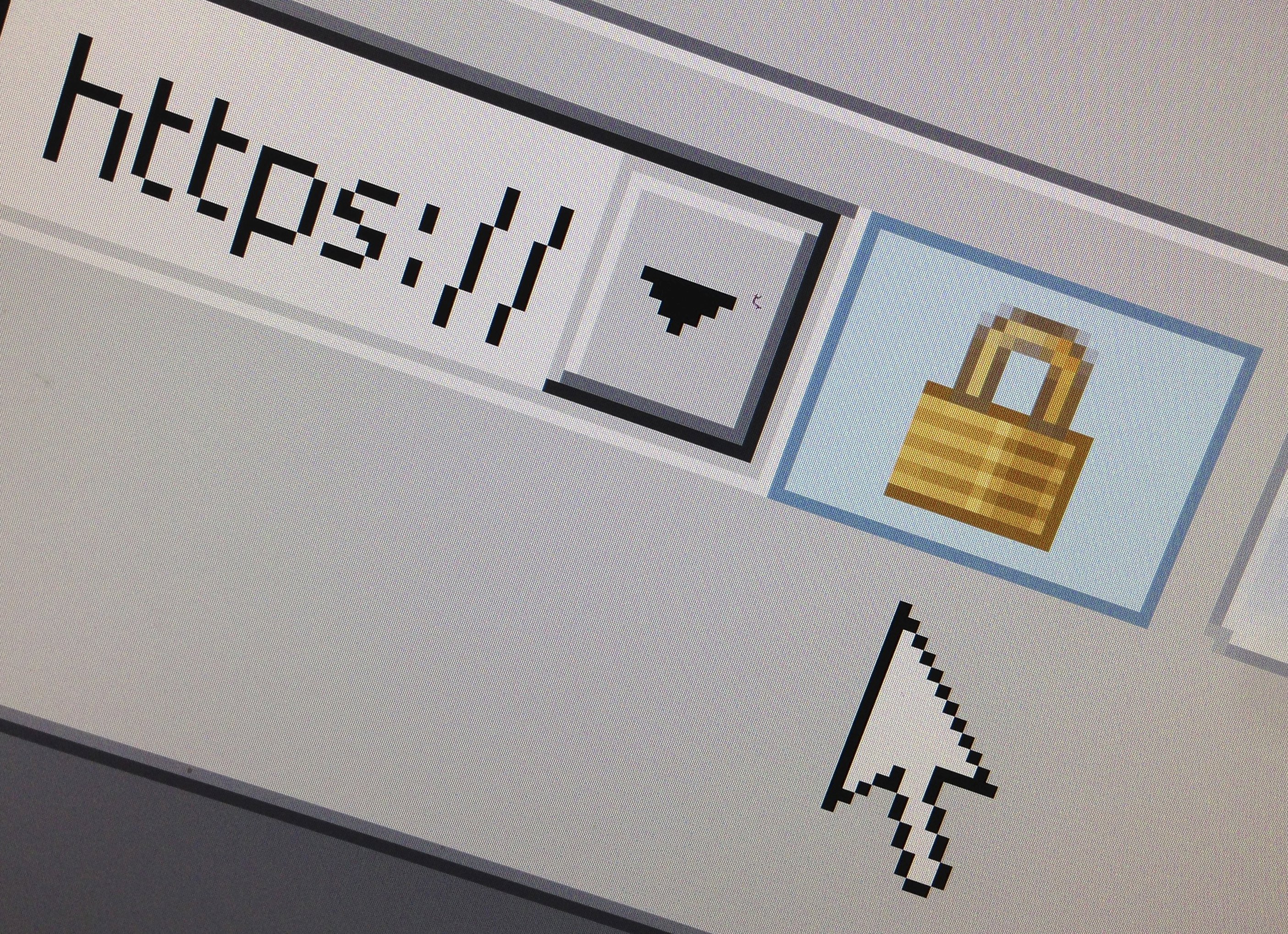Hackers, most likely from China, have been spying on governments and businesses in Southeast Asia and India uninterrupted for a decade, researchers at Internet security firm FireEye Inc. said in a report released Monday.
FireEye said the cyberespionage operations dated back to at least 2005 and "focused on targets — government and commercial — who hold key political, economic and military information about the region.
"Such a sustained, planned development effort coupled with the (hacking) group's regional targets and mission, lead us to believe that this activity is state-sponsored — most likely the Chinese government," the report's authors said.

















With your current subscription plan you can comment on stories. However, before writing your first comment, please create a display name in the Profile section of your subscriber account page.